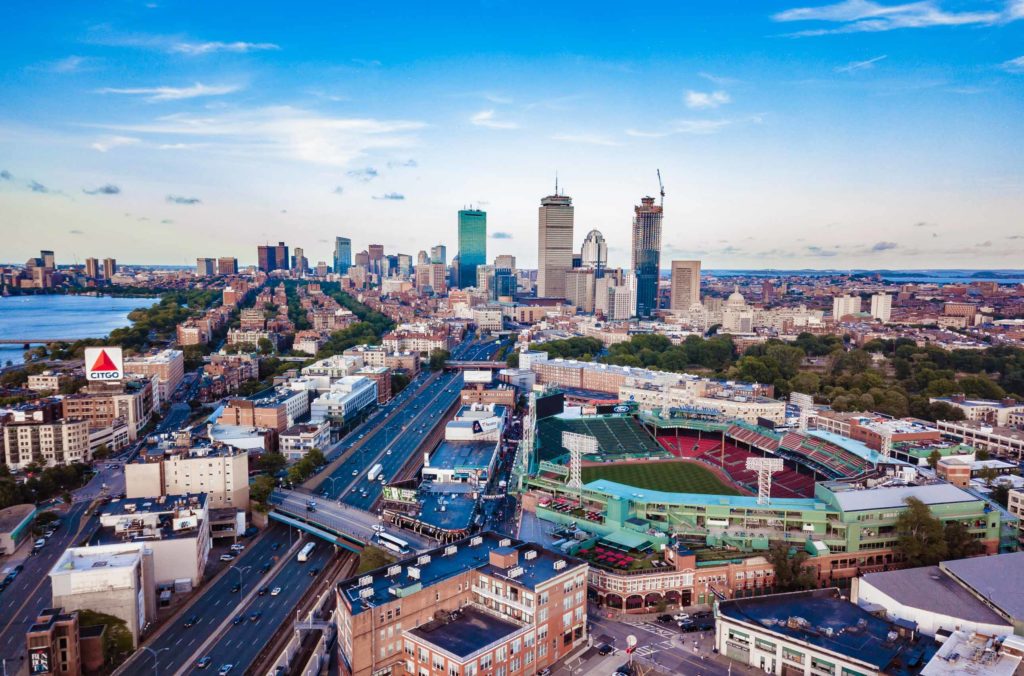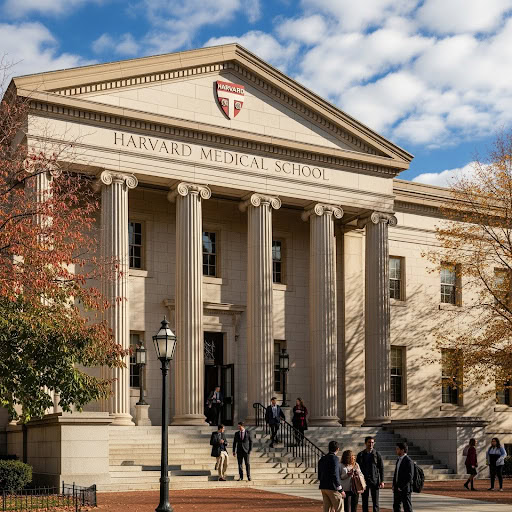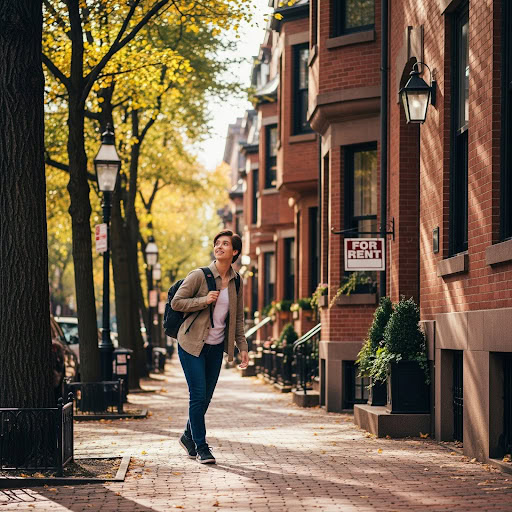So, you’ve found your off-campus apartment rental in Boston! Congratulations! Now, it’s time to conquer the city’s legendary public transportation system: the Massachusetts Bay Transportation Authority, affectionately known to locals as the “T.” Don’t let the maze of colorful lines intimidate you. With a little know-how, the “T” will become your best friend, whisking you from your apartment to classes at Boston University, late-night jam sessions near Berklee College of Music, early morning rounds at Harvard Medical School, creative workshops at Emerson College, essential labs at MCPHS, or bustling campus life at Northeastern University.
Think of this as your starter pack to navigating Boston like a pro, drawing inspiration from the local expertise you’d find with city veterans like those at Boston Union Realty.
Understanding the “T”: Your Key to the City
The MBTA is a comprehensive network of subways, buses, commuter rails, and even ferries. For most students, the subway and bus systems will be your daily go-tos.
- The Subway: This is the backbone of Boston’s transit. It’s comprised of five main lines, each color-coded for easy identification:
- Green Line: A light rail system with multiple branches (B, C, D, E). It’s crucial for accessing areas like Allston, Brighton, Fenway, and Longwood Medical Area (hello, Harvard Medical and MCPHS students!). Be mindful that different branches go to different destinations.
- Red Line: Runs north-south, connecting Cambridge (Harvard Square) with South Boston and Dorchester. Essential for those commuting to Harvard or wanting to explore Cambridge.
- Orange Line: Travels north-south, hitting key spots like Malden, Downtown Crossing (great for Emerson students), Roxbury, and Jamaica Plain.
- Blue Line: Connects East Boston (including Logan Airport) to downtown.
- Silver Line: A bus rapid transit system that functions like a subway in some areas. It offers direct service to Logan Airport from South Station and also serves the Seaport District and parts of Chelsea, Roxbury, and the South End.
- Buses: An extensive bus network complements the subway, reaching areas not directly serviced by train lines. Don’t underestimate the power of the bus – it can often provide a more direct route or a crucial link from your apartment to a T station.
Fare Play: How to Pay Your Way
Gone are the days of fumbling for exact change (mostly!). Here’s how to manage your fares:
- CharlieCard: This is a reusable plastic card that you can load with value or a monthly pass. Tapping your CharlieCard at the fare gate or on the bus is the easiest and often cheapest way to ride (you get a slight discount per ride compared to a CharlieTicket). You can get these at many T stations and some retail locations.
- CharlieTicket: A paper ticket that can be loaded with value or used for single rides. These are available at fare vending machines in stations.
- Student Passes: Many universities, including Boston University, Northeastern, and others, offer semester-long student passes at a discounted rate. Check with your university’s student services or transportation office – this is often the most cost-effective option for full-time students. You might even find that some schools like Emerson College or Berklee College of Music are so centrally located that your walking shoes become your primary transit, but the “T” pass is still invaluable for exploring or reaching further-flung necessities.
- Mobile Ticketing: The MBTA mTicket app allows you to purchase Commuter Rail tickets and monthly passes on your smartphone. For subway and bus, you’ll primarily rely on CharlieCards or CharlieTickets.
Navigating from Popular Student Hubs to Campus:
Let’s break down some common commutes:
- Allston/Brighton to Boston University & Berklee College of Music:
- The Green Line (B Branch) is your champion here. It runs directly along Commonwealth Avenue, straight through the heart of BU’s campus. For Berklee, you can take the B Line inbound to Hynes Convention Center or Kenmore, both a short walk to campus.
- Buses: Several bus routes, like the 57, also offer excellent service along this corridor.
- Fenway/Kenmore to Northeastern University, MCPHS, Harvard Medical School & Berklee:
- The Green Line (E Branch) is ideal for Northeastern (hop off at the Northeastern stop), MCPHS, and Harvard Medical School (Longwood Medical Area stop).
- The Green Line (D Branch) also serves the Fenway area and can connect you to other lines.
- Orange Line: The Massachusetts Ave station on the Orange Line is another option for Northeastern students, especially if living closer to that line.
- Berklee is a comfortable walk from many parts of Fenway or a quick Green Line ride to Hynes or Auditorium.
- Cambridge (e.g., Central Square, Inman Square) to Harvard Medical School, Emerson College:
- Red Line: Take the Red Line from Central or Harvard Square inbound to Park Street.
- For Emerson College: Park Street station is practically at Emerson’s doorstep.
- For Harvard Medical School: At Park Street, transfer to an outbound Green Line E train towards Heath Street and get off at the Longwood Medical Area stop.
- Buses: Numerous bus routes connect Cambridge to Boston, offering alternative routes.
- Red Line: Take the Red Line from Central or Harvard Square inbound to Park Street.
- Jamaica Plain/Roxbury to Northeastern University, MCPHS, Harvard Medical School:
- Orange Line: The Orange Line (stations like Jackson Square, Stony Brook, Green Street) provides a direct shot towards Ruggles (for Northeastern) or a quick transfer to buses serving the Longwood Medical Area for MCPHS and Harvard Medical.
- Buses: Several key bus routes connect these neighborhoods directly to the Longwood Medical Area and Northeastern.
“T” Survival Tips for the Savvy Student:
- Get a Transit App: Apps like Transit, ProximiT, or even Google Maps provide real-time arrival information, route planning, and service alerts. Indispensable!
- Understand Peak Hours: Like any major city, the T can get crowded during morning (7-9 AM) and evening (4-6 PM) commutes. If your schedule allows, try to travel during off-peak times.
- Station Etiquette: Let people off the train before you try to board. Stand to the right on escalators so others can walk on the left. Simple courtesies go a long way.
- Mind the Gap (and the Doors!): A classic for a reason. Be aware of the space between the train and the platform. Don’t try to hold the doors – it delays everyone.
- Know Your Inbound/Outbound: “Inbound” generally means heading towards downtown Boston (Park Street, Downtown Crossing, State Street, Government Center). “Outbound” means heading away from these central stations. This is crucial, especially on the Green Line branches.
- Listen for Announcements: Service changes or delays are common. Pay attention to announcements in stations and on trains.
- Stay Aware: Keep an eye on your belongings and be aware of your surroundings, just as you would in any urban environment.
Mastering the “T” is a rite of passage for any Boston student. It unlocks the entire city, making your off-campus apartment not just a place to live, but a launchpad for academic success and countless urban adventures. So grab your CharlieCard, plan your route, and get ready to explore everything Boston has to offer!



